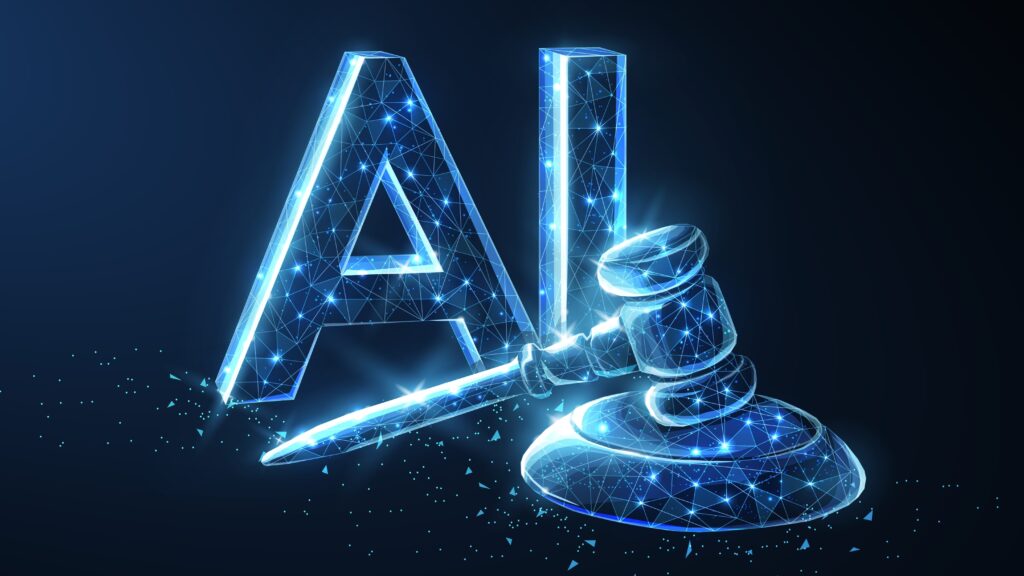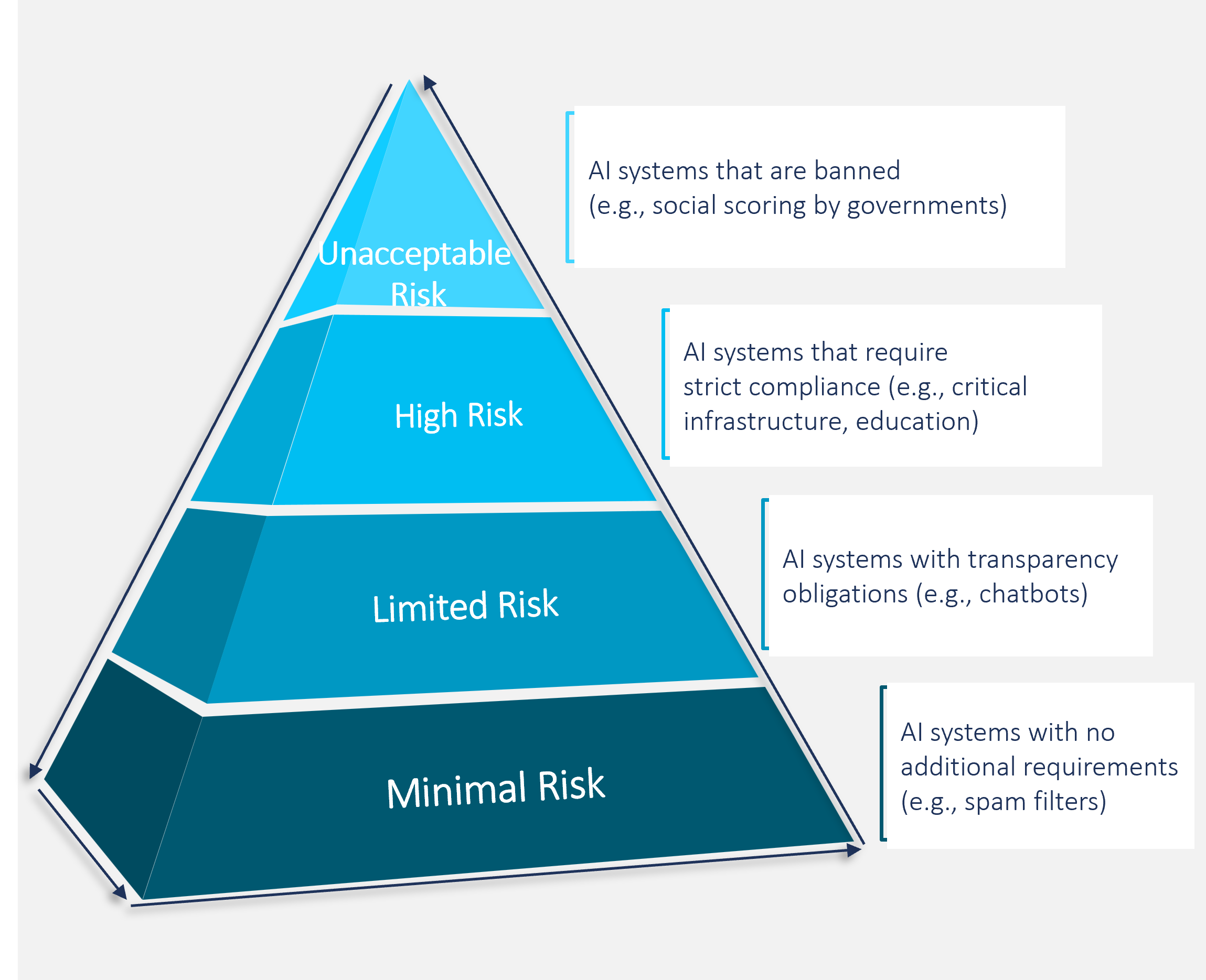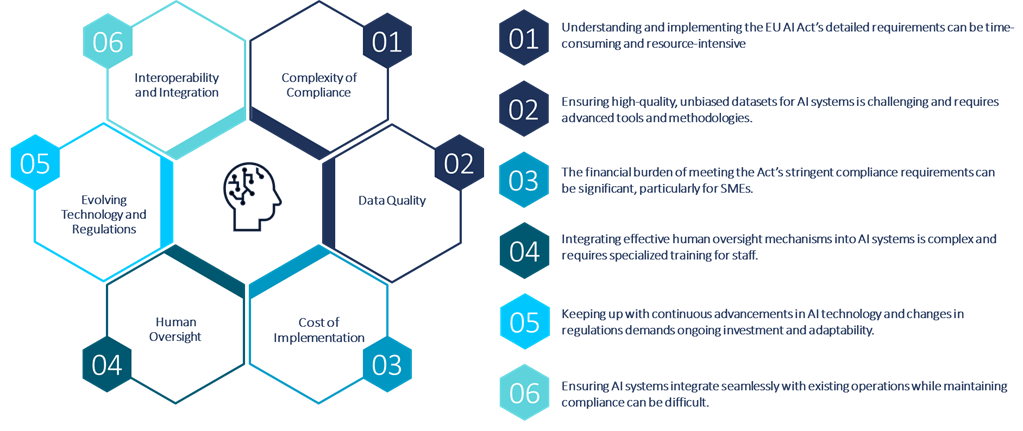
Risk & Resilience in Logistics Network Design
Reimagine resilience and proactively minimize supply chain risks

The European Union (EU) is pioneering the regulation of artificial intelligence (AI) with the new EU AI Act. This far-reaching framework is designed to ensure that AI technologies are not only safe and transparent but also uphold fundamental rights, setting a new global benchmark for AI governance. For businesses operating within the EU, understanding, and gearing up for these regulations is essential. What steps can companies take to align with this transformative legislation and lead in the era of ethical AI?
The EU AI Act, proposed by the European Commission, seeks to create a harmonized regulatory framework for AI across the EU. The Act is structured around a risk-based approach, categorizing AI systems into four distinct levels of risk shown in the graph above:

For businesses, complying with the EU AI Act involves several key steps:
Implementing the EU AI Act presents several challenges for businesses. Here an overview of some of these challenges:

At Camelot, we help your business navigate and comply with the EU AI Act through a comprehensive action plan that includes both immediate and long-term strategies: the EU AI Act Compliance Readiness Check. Here’s an overview:
By partnering with us, your company can navigate the EU AI Act requirements effectively, ensuring both compliance and continued innovation in AI development. Our tailored services and expert guidance support your business at every stage of this regulatory journey.
The EU AI Act represents a significant shift in the regulatory landscape for AI technologies. While it brings challenges, it also offers an opportunity for businesses to lead in ethical and responsible AI development. By understanding the Act’s requirements and proactively implementing compliance measures, your company can not only avoid potential penalties but also build trust and credibility with customers and stakeholders.
European Commission – Artificial Intelligence:
This provides an official overview of the EU AI Act, including its objectives and risk-based approach.
Detailed breakdown of the EU AI Act, its requirements, and implications for businesses.
Hogan Lovells – The EU Artificial Intelligence Act:
Insight into compliance steps and legal perspectives on the Act.
IAPP (International Association of Privacy Professionals) – EU AI Act: Next Steps for Implementation:
Analysis of the next steps for implementing the EU AI Act and compliance requirements.
Holland & Knight – Compliance with the EU AI Act:
Guidance on compliance strategies and expert advice for businesses.

Reimagine resilience and proactively minimize supply chain risks

This article shall help you to understand how to optimize your inventory positions in a month – or even less.

Modern PLM systems empower businesses to achieve product excellence in fast-paced markets by enhancing collaboration, agility and innovation.

Read how the Campaign Planner & Designer (CPD) helps you to manage supply chain variability.
© Camelot Management Consultants, Part of Accenture
Camelot Management Consultants is the brand name through which the member firms Camelot Management Consultants GmbH, Camelot ITLab GmbH and their local subsidiaries operate and deliver their services.